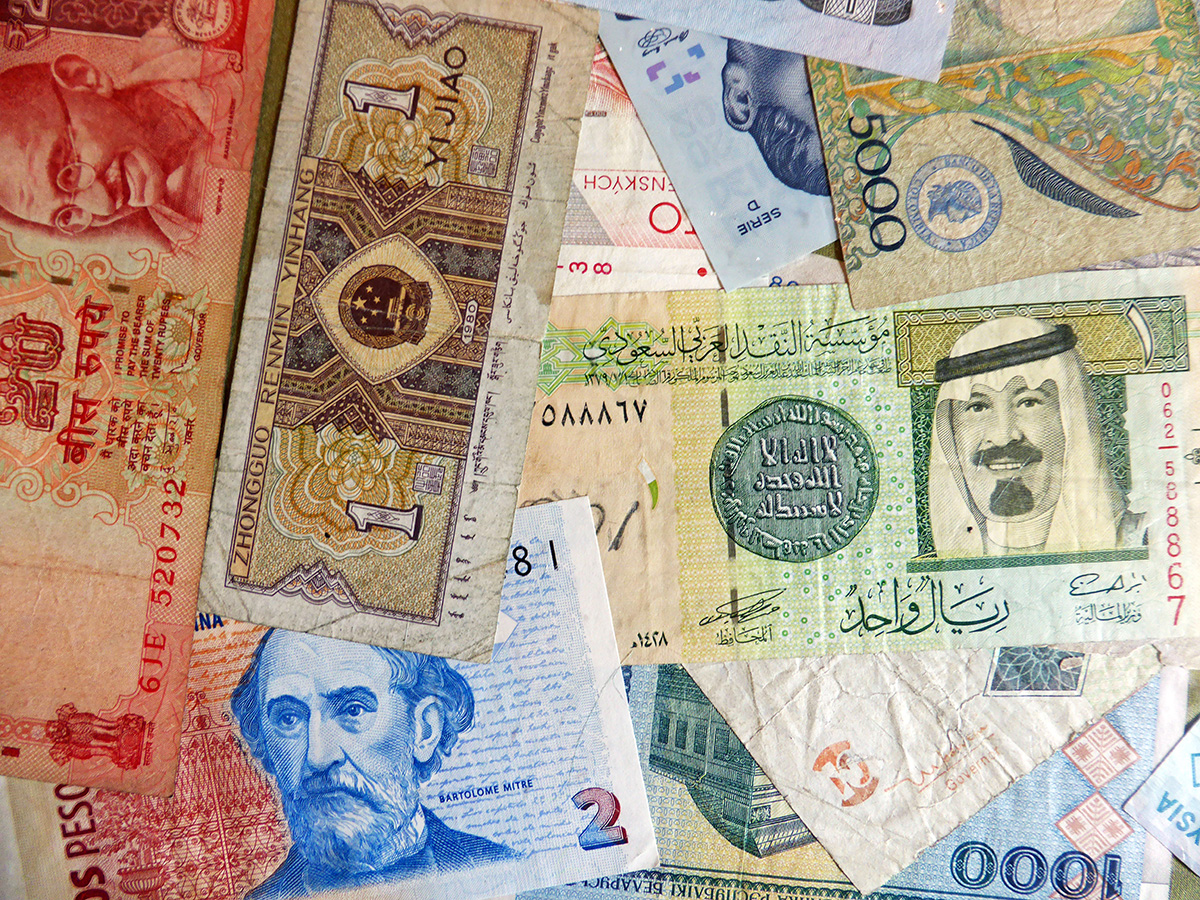 GDP is often used as a measure of wellbeing, even though it is really only a measure of the market value of a nation’s output or an indicator of economic activity. But although higher consumption can improve living standards, it is only one contributor to wellbeing, whether at individual or social level.
GDP is often used as a measure of wellbeing, even though it is really only a measure of the market value of a nation’s output or an indicator of economic activity. But although higher consumption can improve living standards, it is only one contributor to wellbeing, whether at individual or social level.
There are essentially four types of problems from using GDP as a measure of how society is doing.
The first is that it does not include (as negative figures) many external costs, such as pollution, stress and family breakdown related to work.
The second is that it includes things that are produced to counteract the adverse effects of increased production, such as security, antidepressants, therapy and clean-up activities.
The third is that it ignores things that are produced and do contribute to wellbeing and yet are not traded in the market. Examples include volunteer work, the ‘output’ of clubs and societies, work within the home, production from allotments and various activities taking place in the ‘underground economy’ to avoid taxation.
 The fourth is the sustainability of economic growth. If we deplete natural resources, the growth of today may be at the cost of the wellbeing of future generations.
The fourth is the sustainability of economic growth. If we deplete natural resources, the growth of today may be at the cost of the wellbeing of future generations.
Then there is the question of the distribution of the benefits of production. Although GDP figures can be adjusted for distribution, crude GDP growth figures are not. If a few wealthy get a lot richer and the majority do not, or even get poorer, a growth in GDP will not signify a growth in wellbeing of the majority.
Then there is the question of the diminishing marginal utility of income. If an extra pound to a rich person gives less additional wellbeing than an extra pound to a poor person, then any given growth rate accompanied by an increase in inequality will contribute less to wellbeing than the same growth rate accompanied by a decrease in inequality.
The first article below criticises the use of crude indicators, such as the growth in GDP or stock market prices to signify wellbeing. It also looks at some alternative indicators that can capture some of the contributions to wellbeing missed by GDP figures.
Articles
Want to know how society’s doing? Forget GDP – try these alternatives The Guardian, Mark Rice-Oxley (27/1/17)
The Increasingly Inadequate Measurement Of Productivity The Market Mogul, Chris Woods (20/1/17)
Why GDP fails as a measure of well-being CBS News, Mark Thoma (27/1/16)
Limitations of GDP as Welfare Indicator The Sceptical Economist, zielonygrzyb (31/7/12)
Questions
- Should GDP be abandoned as an indicator?
- How could GDP be refined to capture more of the factors affecting wellbeing?
- Go through each of the indicators discussed in the first article above and consider their suitability as an indicator of wellbeing.
- “Everywhere you look, there are better benchmarks than these tired old financial yardsticks.” Identify three such indicators not considered in the first article and discuss their suitability as measures of economic performance.
- How might the benefit you gain from free apps be captured?
- Consider the suitability of these alternatives to GDP.
 The link below is to an article by Bill Gates, founder of Microsoft. He argues that per-capita GDP is a poor indicator of development, especially in Sub-Saharan Africa.
The link below is to an article by Bill Gates, founder of Microsoft. He argues that per-capita GDP is a poor indicator of development, especially in Sub-Saharan Africa.
The problems with using GDP as an indicator of the level of development of a country are well known and several alternative measures are in common use. Perhaps the best known is the United Nations Development Programme’s Human Development Index (HDI), where countries are given an HDI of between 0 and 1. HDI is the average of three indices based on three sets of variables: (i) life expectancy at birth, (ii) education (a weighted average of (a) the mean years that a 25-year-old person or older has spent in school and (b) the number of years of schooling that a 5-year-old child is expected to have over their lifetime) and (iii) real gross national income (GNY) per capita, measured in US dollars at purchasing-power parity exchange rates (see Box 27.1 in Economics 8th edition for more details).
 But although indicators such as this capture more elements of development than simple per-capita GNP or GNY, there are still serious shortcomings. A major problem is the lack of and inaccuracy of statistics, especially when applied to the rural subsistence and informal urban sectors. The problem is recognised and some countries are trying to address the problem (see the second article below), but the problem is huge. As Gates says:
But although indicators such as this capture more elements of development than simple per-capita GNP or GNY, there are still serious shortcomings. A major problem is the lack of and inaccuracy of statistics, especially when applied to the rural subsistence and informal urban sectors. The problem is recognised and some countries are trying to address the problem (see the second article below), but the problem is huge. As Gates says:
It is clear to me that we need to devote greater resources to getting basic GDP numbers right. … National statistics offices across Africa need more support so that they can obtain and report timelier and more accurate data. Donor governments and international organisations such as the World Bank need to do more to help African authorities produce a clearer picture of their economies. And African policymakers need to be more consistent about demanding better statistics and using them to inform decisions.
Another problem is how you convert data into internationally comparable forms. For example, how are inflation, exchange rates, income distribution, the quality of health provision and education, etc. taken into account?
How GDP understates economic growth The Guardian, Bill Gates (8/5/13)
States’ GDP computation report out soon, says Nigeria statistics bureau Premium Times (Nigeria), Bassey Udo (9/5/13)
Michael Porter Presents New Alternative to GDP: The Social Progress Index (SPI) Triple Pundit, Raz Godelnik (13/4/13)
Questions
- By accessing the Human Development Index site, identify which countries have a much higher ranking by HDP than by per capita gross national income. Explain why.
- Why is expressing GNY in purchasing-power parity (PPP) terms likely to increase the GNY figures for the poorest countries?
- Explain the following quote from the Gates article: ‘I have long believed that GDP understates growth even in rich countries, where its measurement is quite sophisticated, because it is very difficult to compare the value of baskets of goods across different time periods’.
- Why is GNY per capita, even when expressed in PPP terms, likely to understate the level of development in subsistence economies?
- Explain whether the rate of growth of GNY per capita is likely to understate or overstate the rate of economic development of sub-Saharan African countries?
- Why are the challenges of calculating GDP or GNY particularly acute in sub-Saharan Africa?
 GDP is often used as a measure of wellbeing, even though it is really only a measure of the market value of a nation’s output or an indicator of economic activity. But although higher consumption can improve living standards, it is only one contributor to wellbeing, whether at individual or social level.
GDP is often used as a measure of wellbeing, even though it is really only a measure of the market value of a nation’s output or an indicator of economic activity. But although higher consumption can improve living standards, it is only one contributor to wellbeing, whether at individual or social level. The fourth is the sustainability of economic growth. If we deplete natural resources, the growth of today may be at the cost of the wellbeing of future generations.
The fourth is the sustainability of economic growth. If we deplete natural resources, the growth of today may be at the cost of the wellbeing of future generations.
